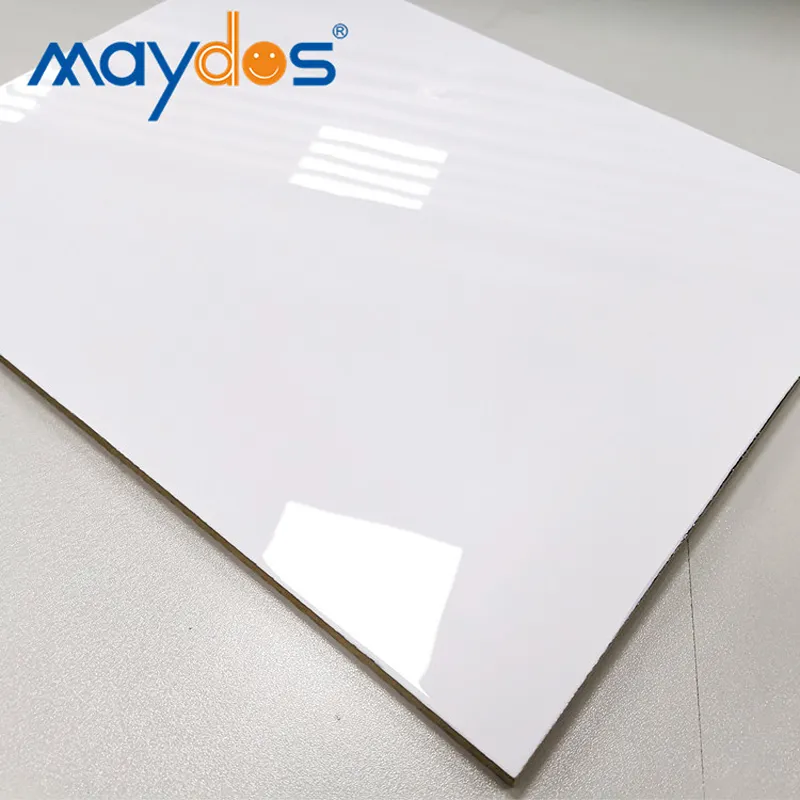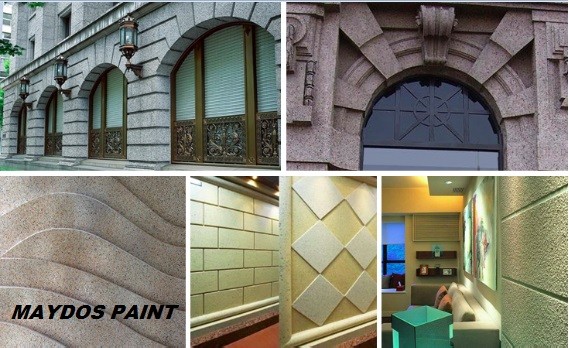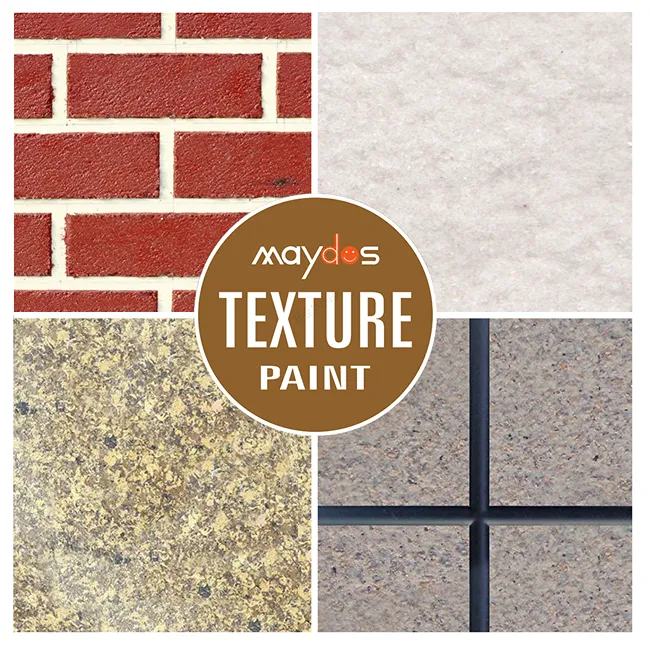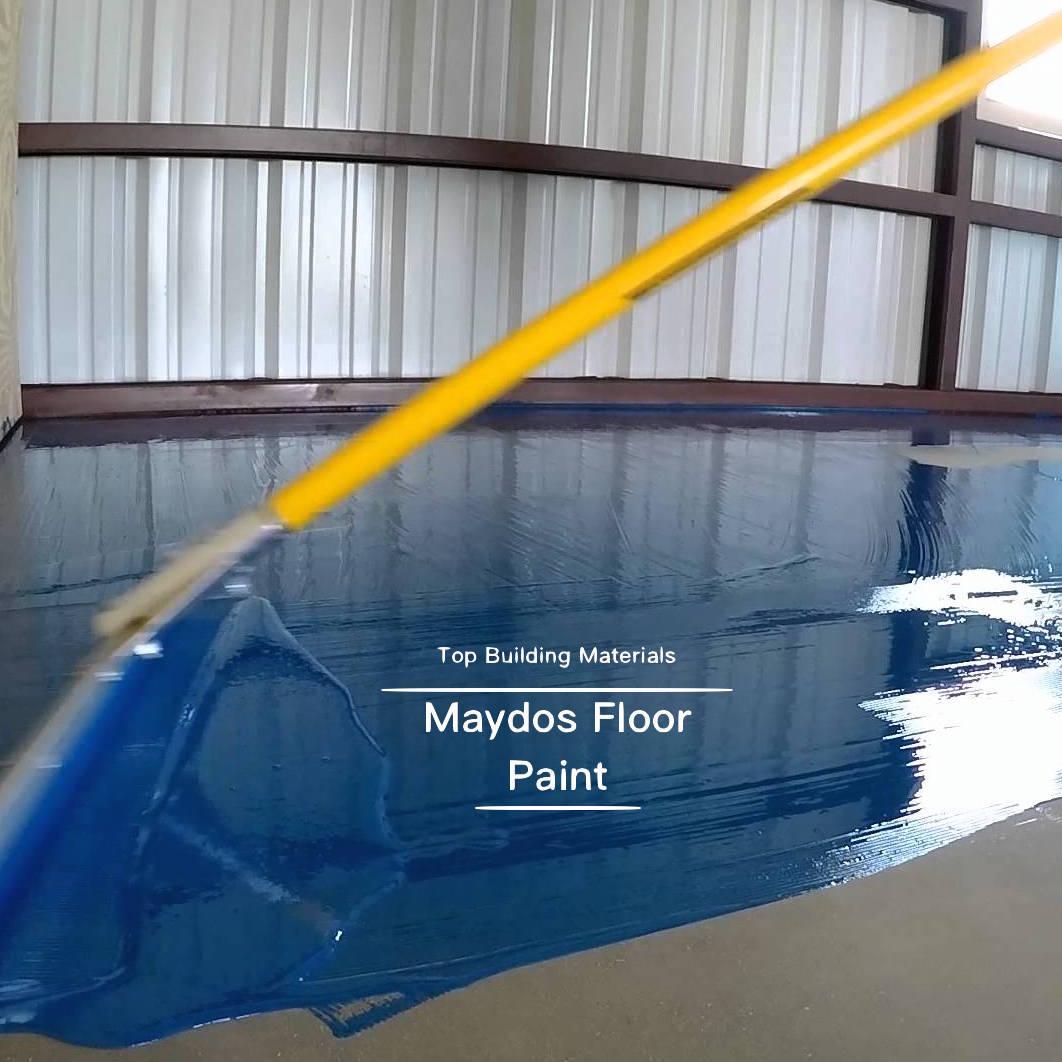Glue Adhesive
Glue Adhesive is a substance that adheres two or more objects together. It is commonly known by several different names, including glue, cement, mucilage, and paste. It is any nonmetallic substance that can be applied to one or both surfaces of two or more objects and resists separation.
Hot Glue Adhesive
Hot Glue Adhesive is a thermoplastic adhesive that sticks to a variety of materials. It is typically applied at standard application temperatures and is ideal for joining light to medium-weight materials together. This adhesive can be applied with a glue gun and creates a strong bond between surfaces. It is light in color and odorless.
The main difference between hot-melt adhesives and other types of adhesives is how they are applied. Hot-melt adhesives are applied to a molten material. As the molten adhesive cools, it solidifies, forming a bond between the first and second materials. This method works well when the first material does not adhere well or is in need of a permanent bond.
While hot melt adhesives are often more expensive than their solvent-based counterparts, they are highly effective at bonding. These adhesives have a long shelf life and are dependable and clean-running. They are also easy to use, and offer excellent thermal stability. They are also easy to handle and do not char in glue tanks, which is a common problem with other types of adhesives.
When using hot glue, it is important to use the right temperature. If the glue is too hot, it will not wet out the surface properly and could possibly damage it. It should also be applied with the proper pressure, as excessive pressure can weaken the bond and cause it to be loose.
Acrylic resins
Acrylic resins are a diverse class of polymers that are manufactured through reactions involving monomers. The cross-linking of these molecules improves their adhesion. Acrylic adhesives balance three properties: tack, peel, and internal cohesion. Tack is the degree of bonding that is immediately noticeable after application. This property is a sign of how well an acrylic adhesive will hold a piece of paper or another material in place.
Acrylic adhesives are often based on methyl methacrylate, but they also can contain other methacylates. Other common additives to acrylic adhesives are N-butyl methacrylate, cyclohexyl methacrylate, and iso-butyl methacrylate. These additives are used to make acrylic adhesives that resist moisture, UV, and alcohol. They also offer excellent compatibility with plasticizers, and they provide an excellent balance of surface hardness and adhesion.
Acrylic adhesives are available in a variety of viscosities and cure temperatures. The choice of viscosity is largely dependent on the application requirements. For example, a thin, liquid acrylic may be used for an assembly where the bonding surface is wide, while a thick, dense paste may be required for a larger assembly.
Another important consideration is curing time. Some adhesives require a 24-hour curing period. Others can be heat-cured, which reduces the amount of downtime.
Metal glues
Metal glues have a unique combination of properties that make them an excellent choice for bonding metals. Not only are they malleable, but they also create tough bonds. When not used properly, metal glues can result in damage or injury. In addition, they cannot withstand water or flying objects. Hence, it is imperative to choose the right metal glue to meet your specific needs.
A good metal glue is able to create a strong bond between two metals without welding or clamps. This property makes it an excellent choice for people who work with metals without access to welding equipment. But the glue must be heat-resistant. Otherwise, it can’t create a strong bond. This property is especially important in industrial applications.
Another popular metal glue is epoxy. This is one of the strongest adhesives for metals. It comes in different types, each with its own distinct properties. Epoxies are available in two-component systems and one-component systems. Epoxy with a single component cures with the help of heat while the two-component system cures by reacting with each other. Two-component epoxy is the strongest metal glue.
A variety of other metal glues exist for different purposes. Some, such as cyanoacrylate, are suitable for bonding musical instruments. Others, like super glue, are used for bonding pads to musical instruments. Metal glues may be either permanent or removable, depending on the needs of the application. Metal glues have many uses, so it is important to choose the right one for your specific needs.
Starch
The production of starch adhesives can be done in two different ways. One method involves the addition of salts to starch granules suspended in water. These salts are typically chlorides of metals. The concentration of the salts and starch in the water mixture is controlled, along with the amount of stirring. The other method involves the addition of caustic soda, which is then neutralized by acid later.
The temperature at which starch is hydrolyzed influences the chemical structure, surface morphology, and bonding properties of the resulting adhesives. Zuo et al. (2012) studied the effects of acid hydrolysis temperature on starch’s properties and found that crystallinity increased first, followed by the rate of gelatilization. The gelatilization temperature differs for different starch types.
In a prior art procedure, a caustic solution containing 4.80 g. sodium hydroxide was added to a solution of wheat starch. The starch solution was then suspended in 678 ml. of water, and agitation was performed to remove excess caustic from the starch slurry. The mixture was then centrifuged at 14,000 r.p.m. for 15 minutes. The supernatant was then decanted and evaporated to dryness. After this, the sediment layer was weighed to determine the amount of partially swollen starch in the solution. This amount of undissolved starch accounted for 15.5 percent of the total mass of the mixture.
The first step in the production of starch is the preparation of the carrier portion of the starch. The raw starch has high viscosity, and this makes it difficult to disperse it in the carrier solution. High-performance mixers are required to achieve this. Usually, this process is carried out in a single mixing tank.
Dextrin
A starch and a dextrin adhesive may have varying adhesive properties. Several formulation variables can affect these properties. These include viscosity, solids content, and stability. Tack, slip, and substrate penetration are important characteristics of the finished product. The following table shows the viscosities of the foregoing examples.
Dextrin is most commonly used in the packaging industry, where it can bond paper materials together. This type of glue is found in corrugated boxes, paperbags, envelopes, and paperboard cartons. It also has many uses in tapes, labels, and bottle closures.
Dextrin is a starch-based liquid adhesive with high wet tack. They are often a more economical option than resins, since they dry quickly when there is no moisture present. The starch base makes them easier to clean. Dextrin has excellent bonding properties on porous substrates and exhibits good wet tack and medium set time.
Dextrin adhesives are inexpensive and easily available. They are the least expensive class of paper-packaging adhesives. These starch-based adhesives are available in both water-based and cold-water-soluble forms. The process to create dextrins involves heating an aqueous solution of dextrin, which causes the starch granules to swell. It also breaks hydrogen bonds between starch molecules, reducing the crystalline matrix.
White dextrin is a low-viscosity material with a high percentage of solubles. The standard flow viscosity of dextrin is determined by measuring the time it takes for the mixture to flow through a test tube.
PVA
PVA glue is an adhesive made from polyvinyl acetate (PVA). PVA is a rubbery polymer that forms a tough bond when dried. PVA glue can be applied to a variety of surfaces, including wood, paper, metal, and other materials. It is best applied thinly and uniformly. While still wet, the adhesive should be clamped to prevent it from drying out too quickly. Once it has been applied, the glue should be stored in a cool and dry place.
PVA glue is non-toxic and non-flammable. It has a yellowish color and is easily applied with the correct tools. It spreads evenly and is particularly good for woodworking projects. For added safety, woodworking experts recommend clamping wood pieces together while applying the glue to ensure that it bonds to the wood properly.
Professional craftsmen and artists often use PVA glue to repair wood. This is a flexible adhesive that won’t yellow after a few days. It’s also non-toxic and won’t discolor or crack over time. It can be used in a variety of ways, including wallpapering and wood repair jobs. This article will cover some of the uses of PVA glue. Just remember to follow the manufacturer’s instructions carefully when using PVA glue.
PVA glue is a versatile adhesive with a wide variety of uses. It can be used to join wood, create a paintable finish, and even be a primer for drywall. And the best part is that PVA glue doesn’t break down or give off fumes!





















